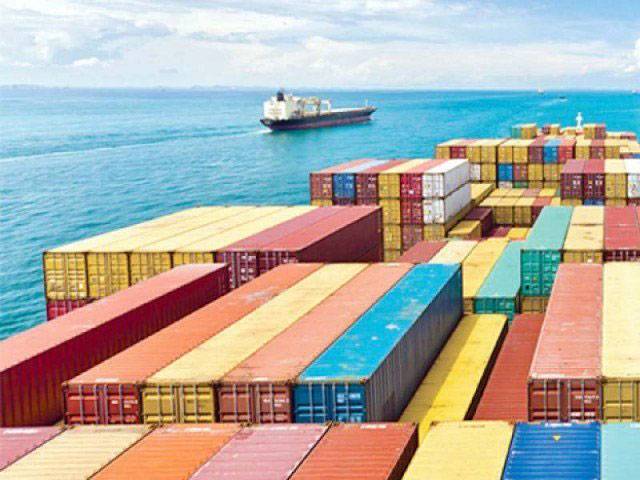ISLAMABAD - Pakistan’s textile exports had not increased despite 17.6 percent depreciation in local currency against the greenback during last six months of the current fiscal year.
Textile exports showed paltry growth of 0.06 percent in July to December period of the ongoing financial year. The country exported textile and clothing products worth $6.6 billion during six months of the year 2018-19, according to the latest data Pakistan Bureau of Statistics (PBS). Exports could not grow as desired through rupee has devalued massively since December 2017. In June 2018, a dollar was equal to Rs119 and now it is at Rs140, indicating a 17.6 percent devaluation against greenback.
Its apparently seems that government’s policy of depreciating currency is not working in terms of enhancing exports. Former government’s spokesperson for economy and energy, Farrukh Saleem had recently said that government is not curing the disease but hiding the symptoms. The results of devaluing rupee are not good. Despite 30 percent devaluation of the rupee, exports are still on the decline. He said that the government would have to consider some new strategy to improve the economy.
In textile sector, exports of knitwear had enhanced by 10.51 percent during July to December period of the year 2018-19 over a year ago. Similarly, exports of bed wear had also recorded an increase of 3.27 percent and exports of made-up articles had gone up by 1.57 percent. Meanwhile, exports of ready-made garments had also surged by 0.89 percent in first six months of the current financial year.
The PBS data showed that exports of cotton cloth had recorded a decline of 100 percent. Similarly, exports of raw cotton had tumbled by 73.62 percent. Exports of cotton yarn witnessed an increase of 17.14 percent. Meanwhile, exports of towels had declined by 2.03 percent. Similarly, exports of cotton cloth, tents, canvas and tarpaulin and others had also registered decline during first six months of the ongoing fiscal year.
Meanwhile, the exports of food commodities had recorded increase of 3.09 percent during first six months of the current fiscal year. In food commodities, exports of fruits recorded growth of 23.32 percent, vegetables 42.55 percent and oil seeds, nuts and kernels exports had gone up by 157.8 percent.
Pakistan’s overall exports have recorded partly growth of 2.19 percent to $11.22 billion during July to December period over the previous year. On the other hand, the imports have fallen by 2.29 percent to $28.04 billion during the period under review. Therefore, the trade deficit was recorded at $16.8 billion in first half of the FY2019.
The country spent $7.7 billion on the imports of petroleum group, 14.83 percent higher than a year ago. In the petroleum sector, the government imported petroleum products worth $3.42 billion and spent $2.43 million on petroleum crude. Similarly, the country imported liquefied natural gas (LNG) worth $1.71 million and liquefied petroleum gas (LPG) worth $114 million.
The PBS data showed that country had spent $4.48 billion on importing machinery during July and December period of the ongoing fiscal year. The third biggest component was food commodities whose imports rose to $2.97 billion during first six months of the ongoing financial year.






